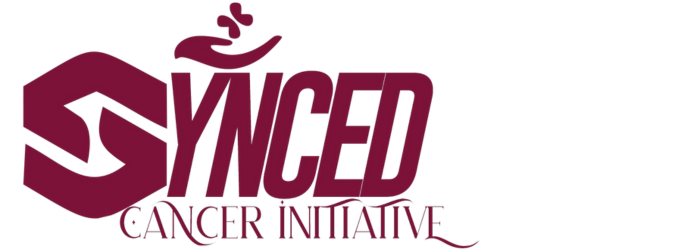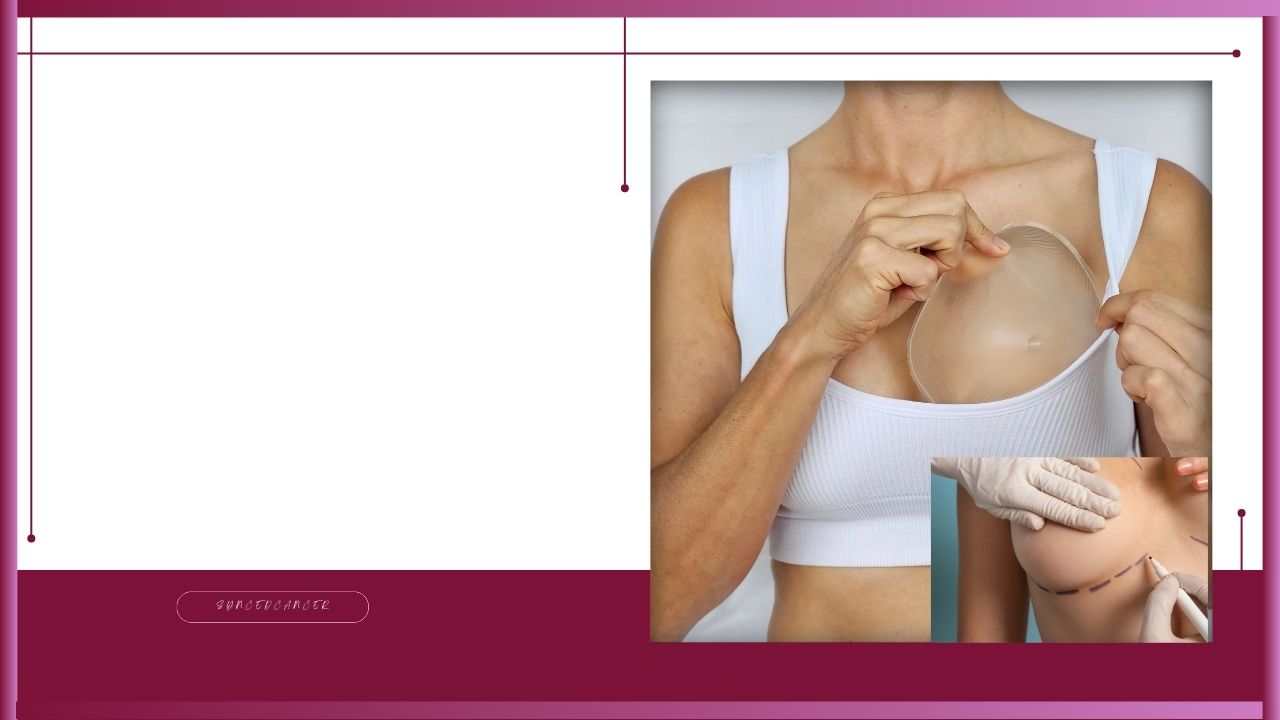Let’s say you or someone you know has gone through the massive, life-shifting experience that is breast cancer. You’ve fought, cried, healed, and maybe even shouted a few motivational quotes at yourself in the mirror. Then comes the part no one talks about enough: post-mastectomy decisions.
Some people decide to go for breast reconstruction surgery right away. Others? Not so fast. For many reasons—medical, emotional, cultural, or even just personal preference—a growing number of women are choosing another equally valid option: breast prostheses.
So, what are they? How do they work? And most importantly, why don’t we talk about them enough?
What Are Breast Prostheses?
In simple terms, a breast prosthesis is an artificial breast or breast form that’s worn to simulate the shape, feel, and weight of a natural breast after a mastectomy or lumpectomy. Think of it as a breast “stand-in”—but way more elegant and medically designed than the name lets on.
Depending on your needs, you can wear them inside a special bra (called a mastectomy bra) or directly on your chest with adhesives.
They’re not just one-size-fits-all, either. Breast prostheses come in different styles, sizes, shapes, and materials—because guess what? Bodies are different. And everyone deserves options.
Why Choose Breast Prostheses?
Let’s be real. After a mastectomy, there’s a gap—literally and emotionally. Some people want to fill that space with reconstruction surgery, which is totally valid. But for others, surgery isn’t the move.
Maybe it’s too expensive. Maybe the recovery time is overwhelming. Maybe they just don’t want another doctor cutting them open again. Or maybe their body doesn’t heal easily due to other medical conditions.
Breast prostheses come in as the quiet, comforting hero that says, “Girl, I got you.” Here’s why some people choose them:
- They’re non-invasive. No needles. No hospital stays. No long healing periods.
- You can wear them only when you feel like it. You’re in full control.
- They provide physical balance. Removing one breast can throw off your posture. A prosthesis helps with that.
- They help with confidence and self-image. For many women, it’s about restoring a sense of normalcy.
In short, they’re about freedom and choice.
Types of Breast Prostheses
Let’s talk variety, because breast prostheses are not a monolith. There’s something for everyone, depending on your surgery, body type, and lifestyle.
- Full or Standard Prostheses: For those who’ve had a single or double mastectomy. It’s designed to mimic the entire breast and can be worn in a pocketed bra or attached with adhesive.
- Partial Prostheses (Shapers or Balancers): Maybe your surgery removed only a part of your breast (like a lumpectomy) or left one side a little smaller. These fill in the gaps to even things out under your clothes.
- Shell Prostheses: Think of this as a lightweight hollow form that fits over a remaining breast. Perfect if one breast is smaller after surgery or radiation.
- Custom-Made Prostheses: If you want a prosthesis that matches your skin tone, chest shape, and scar position, these are the Beyoncé-level options. They’re made from a mold of your chest, sometimes even with lifelike nipples added.
- Post-Surgical Soft Forms: Right after surgery, when your chest is still sore and healing, you can use lightweight foam or cotton forms to ease into it. These aren’t permanent but are perfect for the early recovery stage.
What Are They Made Of?
Breast prostheses can be made from several different materials, depending on your needs and preferences:
- Silicone – The gold standard. Realistic in weight and feel. Mimics the jiggle of natural breast tissue. Usually worn long-term.
- Foam – Lightweight, breathable, great for sleeping, lounging, or exercise.
- Cotton or Fiberfill – Very soft, often used in temporary or DIY prostheses. Also great for people with sensitive skin.
Silicone forms are heavier but more natural in appearance. Foam is lighter, often more affordable, and easier to wear if you’re still healing or live in a hot climate (shout out to everyone sweating through tropical heat).
🔗 How Are They Worn?
You don’t just slap a breast form on and go. Well, not exactly.
Most prostheses are worn with something called a mastectomy bra—a specially designed bra with pockets inside the cups to hold the prosthesis in place. These bras come in different styles (underwire, wireless, sports bras, etc.), and the prosthesis sits securely, with zero risk of doing cartwheels in your top.
Some people prefer adhesive prostheses, which stick directly to the chest wall. They move with your body and can be worn with regular bras—or even without one. No straps. No stress.
If you’re worried about sweat, movement, or discomfort, fear not. Modern prostheses are breathable, designed to mold with your body, and even include cooling features for hot days.
How to Choose the Right One
Prosthesis shopping is not like buying a handbag or a pair of jeans—it’s more like finding a new body part. So, please, get professionally fitted.
Most cancer centers, large hospitals, and NGOs have certified fitters who’ll take measurements and help you find your match. They’ll consider:
- The shape and size of your chest wall
- Whether you had one or both breasts removed
- Your lifestyle (Are you sporty? Always on the go? Prefer comfort over everything?)
- Your skin sensitivity
They’ll also help you pick a mastectomy bra that fits like a glove. And trust me, a good fit is EVERYTHING.
Cost, Insurance, and Free Options
In many countries, health insurance (or national health schemes) cover the cost of breast prostheses and mastectomy bras. If you’re in Nigeria or elsewhere in Africa, it may depend on the state or organization.
But even if insurance doesn’t come through, there are amazing NGOs and support groups that distribute prostheses for free or reduced prices:
- Project PINK BLUE (Nigeria) – Offers breast cancer support services and free prosthesis fittings.
- Sebeccly Cancer Care – Hosts donation drives and patient navigation services.
- BreastCancer.org – Has a helpful directory of financial resources worldwide.
Pro tip: Some hospitals even have donation programs for gently used prostheses and bras. Ask around!
Final Thoughts
Wearing breast prostheses is more than a fashion or medical decision. For many survivors, it’s about reclaiming your body.
You don’t have to be “brave,” or “strong,” or “body positive” every second of the day. What you do deserve is to know your options—and breast prostheses are a deeply underrated one.
They offer comfort, choice, beauty, and flexibility. They let you decide, “Do I want to wear this today, or not?” And sometimes, just having that freedom is more empowering than anything else.
So if you’re navigating life after mastectomy or supporting someone who is, remember this: you can reclaim your body in whatever way feels right for you—prosthesis, reconstruction, going flat, or anything in between. All these choices are valid.
And if anyone tells you otherwise, send them this post. 💅🏽











What do you think?
It is nice to know your opinion. Leave a comment.